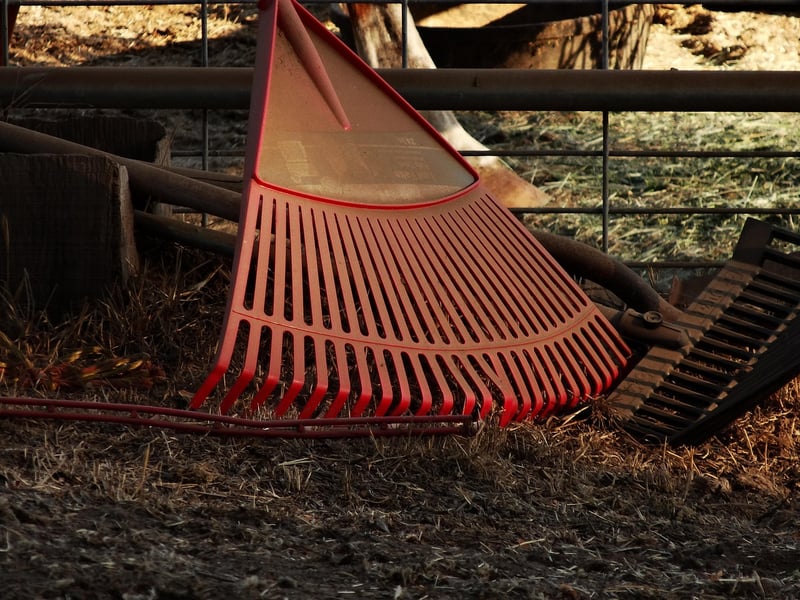Pruning Guide
#Watering
#Pruning
#Pests
Keeping Your Garden Healthy: A Pruning Guide
The Importance of Pruning
Pruning is an essential practice to maintain the health and beauty of your garden. It involves the selective removal of certain parts of a plant, such as branches or buds, to promote growth, improve structure, and enhance overall plant health.
Benefits of Pruning
- Promotes plant growth and vitality
- Improves air circulation and sunlight exposure
- Helps prevent disease and pest infestations
- Enhances the aesthetic appeal of your garden
When to Prune
The timing of pruning depends on the type of plant. In general, it is best to prune flowering shrubs after they bloom, while deciduous trees can be pruned during their dormant season in late winter or early spring.
Pruning Tips
- Use clean, sharp tools to make precise cuts
- Remove dead or diseased branches first
- Prune at a 45-degree angle just above a bud or lateral branch
- Step back periodically to assess the shape and balance of the plant
Common Pruning Mistakes to Avoid
- Over-pruning, which can weaken the plant
- Pruning at the wrong time of year, disrupting growth cycles
- Leaving behind stubs, which can lead to disease
- Ignoring proper pruning techniques, resulting in poor plant health
Conclusion
Pruning is a valuable skill that every gardener should master to keep their garden thriving. By following the right techniques and timing, you can ensure your plants are healthy, vibrant, and visually appealing.

For more detailed pruning guides and tips, check out Royal Horticultural Society.
